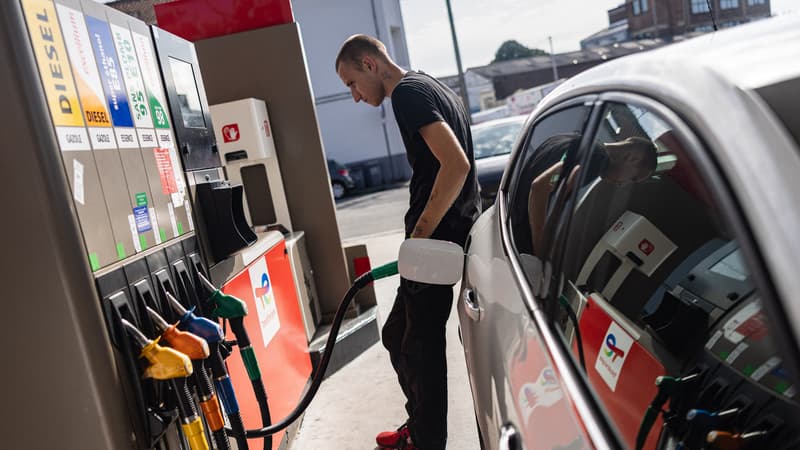Fuel prices have started to rise again in recent weeks. Obviously, this is related to the evolution of oil prices. Except that a barrel is worth the same price today as it was in September 2014, while gasoline costs much more. A little less than ten years ago, buying a barrel of Brent cost almost 76 euros. The same amount as right now.
On the other hand, we see a clear change in the prices of super unleaded 95-E10 within the euro zone. With, above all, strong differences from one country to another. To quantify them, we must look at the evolution of prices without taxes, each State being able to practice a different tax system and having modified it since 2014. Thus we can see that in France the average price of SP 95-E10 increased twice as much as in Germany: + 38% compared to +19% across the Rhine.
10 years ago, France had the lowest prices in Europe
During the same period, the average price, also without taxes, increased by 16% in Italy, 17% in Belgium and 24% in Spain, the only one of our neighbors that is above the average increase in the euro area (+21%) France has thus become one of the European countries where duty-free gasoline is most expensive, while ten years ago it had the lowest prices.
How can this radical change be explained? To answer this question, we must look at how the price of a liter of fuel purchased at a gas station is broken down. Let’s start with the price of SP 95-E10 when it leaves the refinery. There is a European reference in this area: the Rotterdam course. For a liter, we went from just under 55 cents per liter in September 2014 to 62.4 cents today.
If the price at the pump of gasoline has increased by 23%, it is not because of taxes
This 14% increase over 10 years is still entirely reasonable, as headline inflation over the period amounts to 18%. On the contrary, what oil groups call transportation and distribution costs, which also include margins, have increased in France from 8 to 24 cents per liter, tripling in ten years.
For this reason, the average price of the SP 95-E 10 paid by the motorist increased from 1,491 to 1,833 euros. An increase of 23% that, contrary to popular belief, is in no way attributable to fuel taxes. Taxes (TICPE and VAT) increased during the period by 12%, less than inflation.
Oil groups cite rising costs of environmental obligations
Therefore, it is the entire sector that, meanwhile, has seen its transportation and distribution costs increase, but also its margins. The president of the Mobilians Fuel and New Energy Distributors, which represents service station managers (excluding large distribution), assures that the latter must, whatever the price of fuel in Rotterdam, be content with a margin fixed, provided for in the various types of contracts that link them with oil groups.
“With very few exceptions, at best it amounts to 5 cents per liter, the amount with which we must pay our bills.” specifies Francis Pousse.
Therefore, it is higher up where we must look for the reasons for this increase. In their defense, oil companies use the evolution of costs linked to the environmental obligations imposed on them by the State. The EECs (energy saving certificates) cost them almost 8 cents per liter, compared to less than one cent in 2014. Enough to justify almost half the increase during the period.
Source: BFM TV


